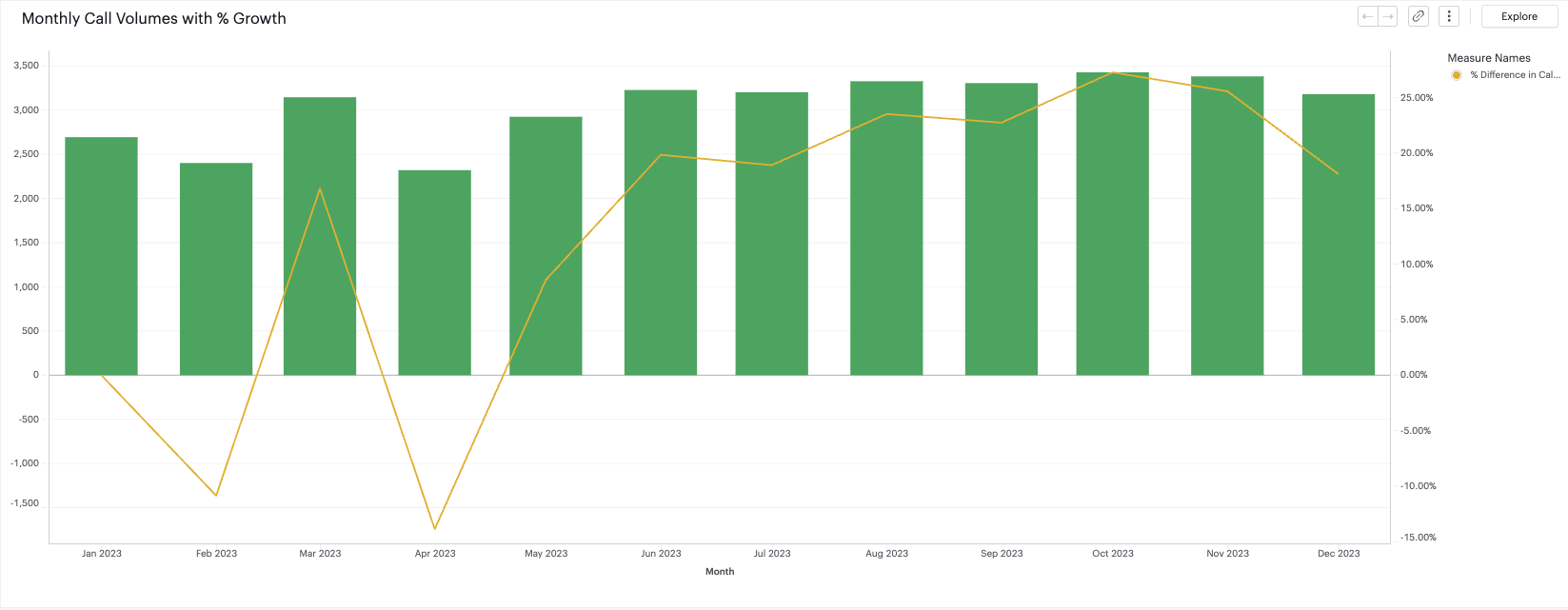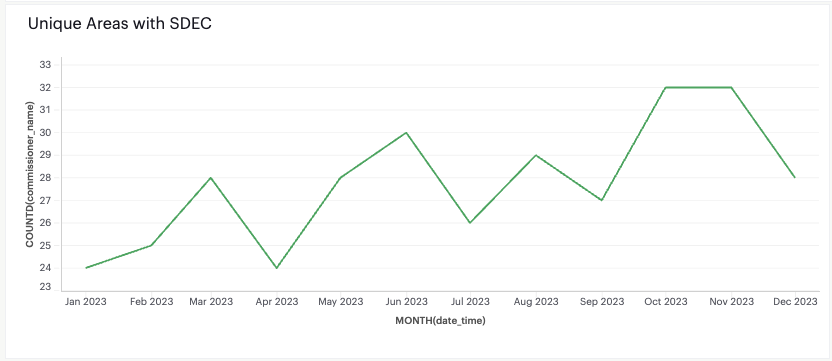Same Day Emergency Care (SDEC) is defined by the NHS as ‘the provision of same-day care for emergency patients who would otherwise be admitted to hospital. Under SDEC, patients presenting at hospital with relevant conditions can be rapidly assessed, diagnosed and treated without being admitted to a ward, and if clinically safe to do so, will go home the same day their care is provided.’
NHS areas have set up SDEC services to streamline care and improve patient flow and discharge, making it as efficient as possible for clinicians to navigate their patients to the right service the first time.
The ambitions from the NHS Long Term Plan note that all hospitals with a 24-hour ED (type 1) should:
- Provide SDEC services at least 12 hours a day, 7 days a week
- Provide an acute frailty service at least 70 hours a week, with the aim to complete a clinical frailty assessment within 30 minutes of arrival in the ED/SDEC unit
- Record all patient activity in EDs, urgent treatment centres and SDECs using same-day emergency care data sets.
SDEC processes are not always the same at every hospital, meaning the clinician and patient often need to wait a considerable amount of time to get through to the SDEC team and navigate the patient to the right service, the first time.
That is why more of our NHS partners are moving their SDEC access to Consultant Connect providing a single referral route and point of access for ambulance teams and primary care clinicians to navigate SDEC patients.
Consultant Connect provides 28 NHS areas with a fast and streamlined communications route to SDEC units:
In Numbers
We reveal the impressive impact of SDEC lines available via Consultant Connect from January – December 2023):
- Each month, 3,000 calls were made on average across all SDEC lines
- Calls connected within 25 seconds on average
- 32% of calls resulted in the patient being navigated to the right place, the first time and avoiding A&E
Moving SDEC to Consultant Connect means
- Faster call connection time
- A standardised process for all
- A single referral route and point of access
- Volumes of calls are tracked
- Calls are recorded for medico-legal purposes
- The patient pathway is tracked
- Outcomes are reported
The rich data reports from the Consultant Connect service give areas full transparency of SDEC activity and enable areas to audit and monitor referral activity demand and outcomes.
As you would expect with Consultant Connect, all our solutions are IG-secure and GDPR-compliant. Consultant Connect can be implemented in as little as a month, meaning the impact is immediate.
Contact us
If your NHS area has SDEC pathways in place and would like to find out more about moving these to Consultant Connect, email hello@consultantconnect.org.uk or call us on 01865 261 467.
Related materials
- How Consultant Connect can help implement the SAMEDAY strategy to support your SDEC pathway
- Same Day Emergency Care (SDEC) in South East London
- Medical SDEC advice line expedites patient’s diagnosis for rare disorder in Cardiff and Vale
- Urgent Care Pathways – examples in practice
*Data relates only to calls where an outcome was reported.


